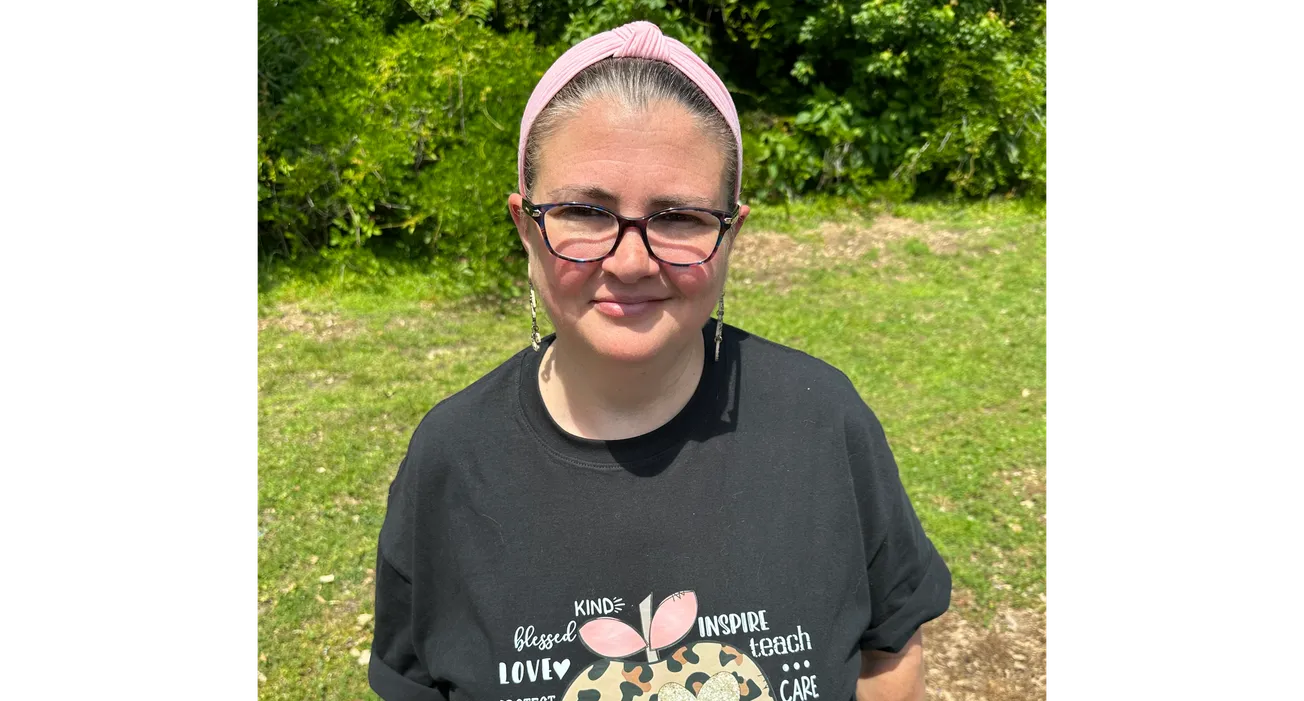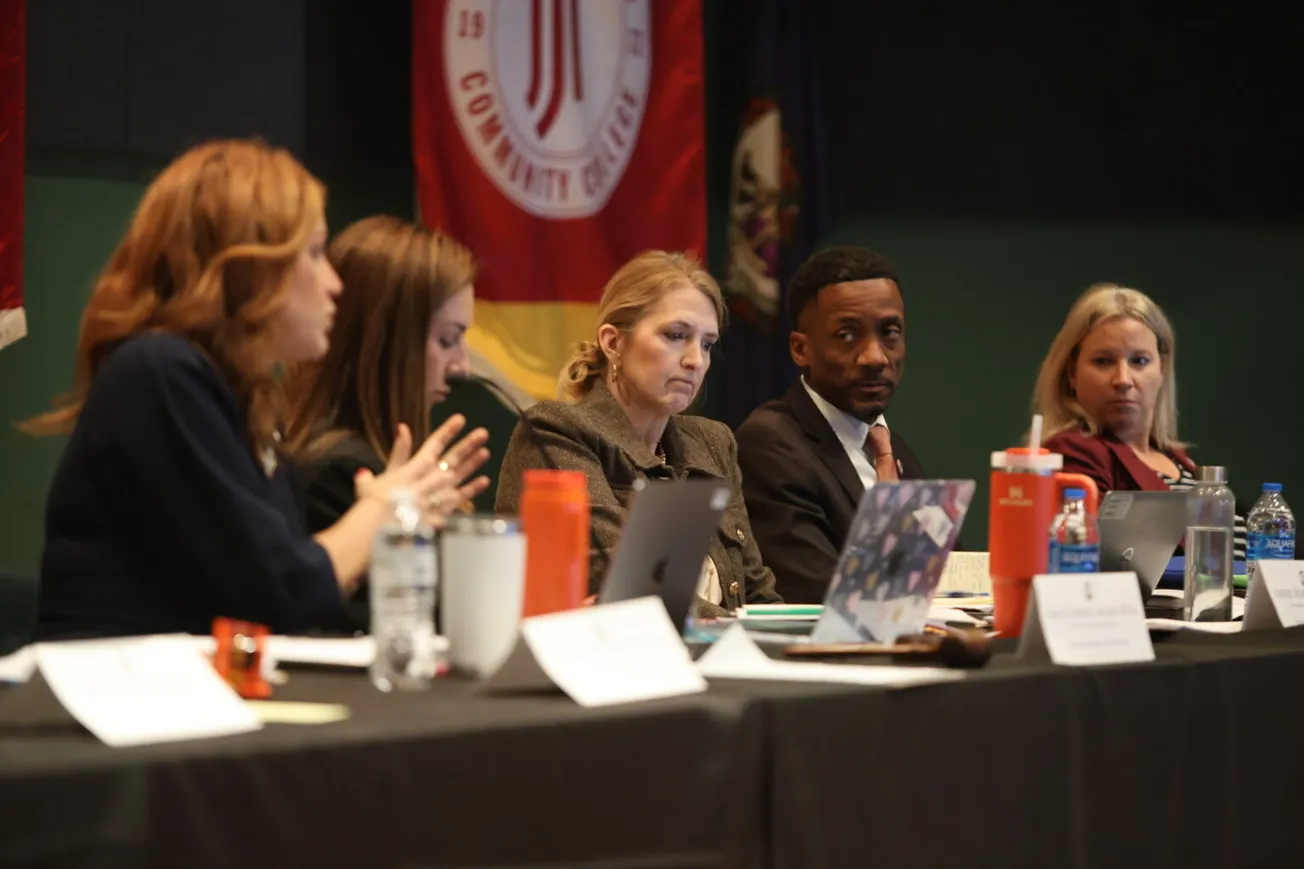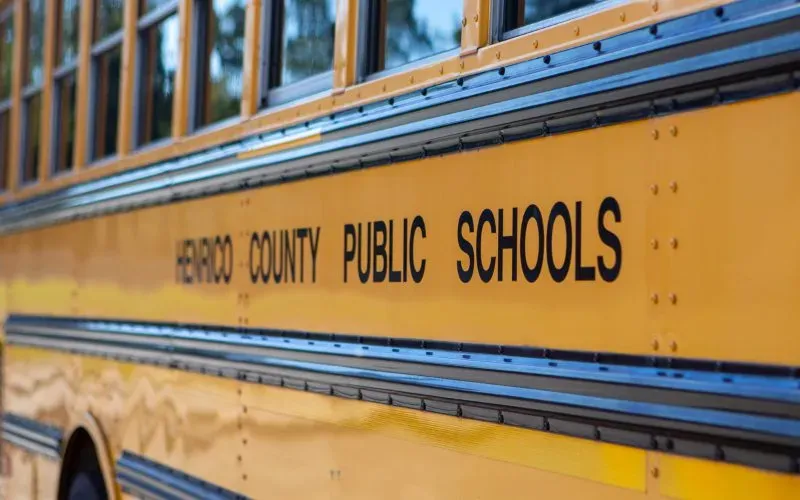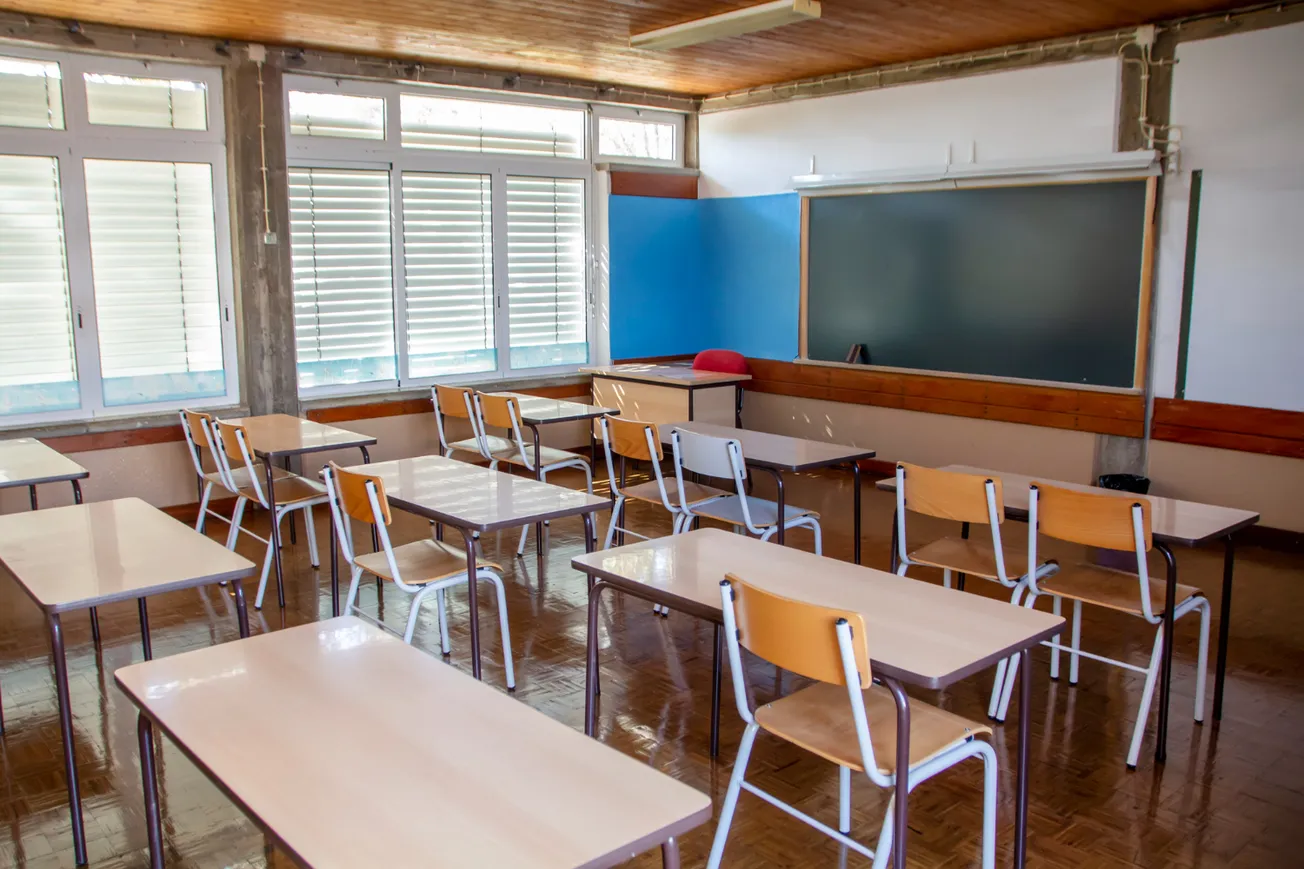Education — Henrico's Top Teachers — Henrico's Top Teachers - 2025 — Stacey Willis — Adams Elementary School — Eastern Henrico — Community
Henrico's Top Teachers – Stacey Willis, Adams Elementary School, first grade exceptional education





